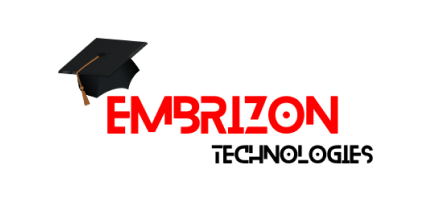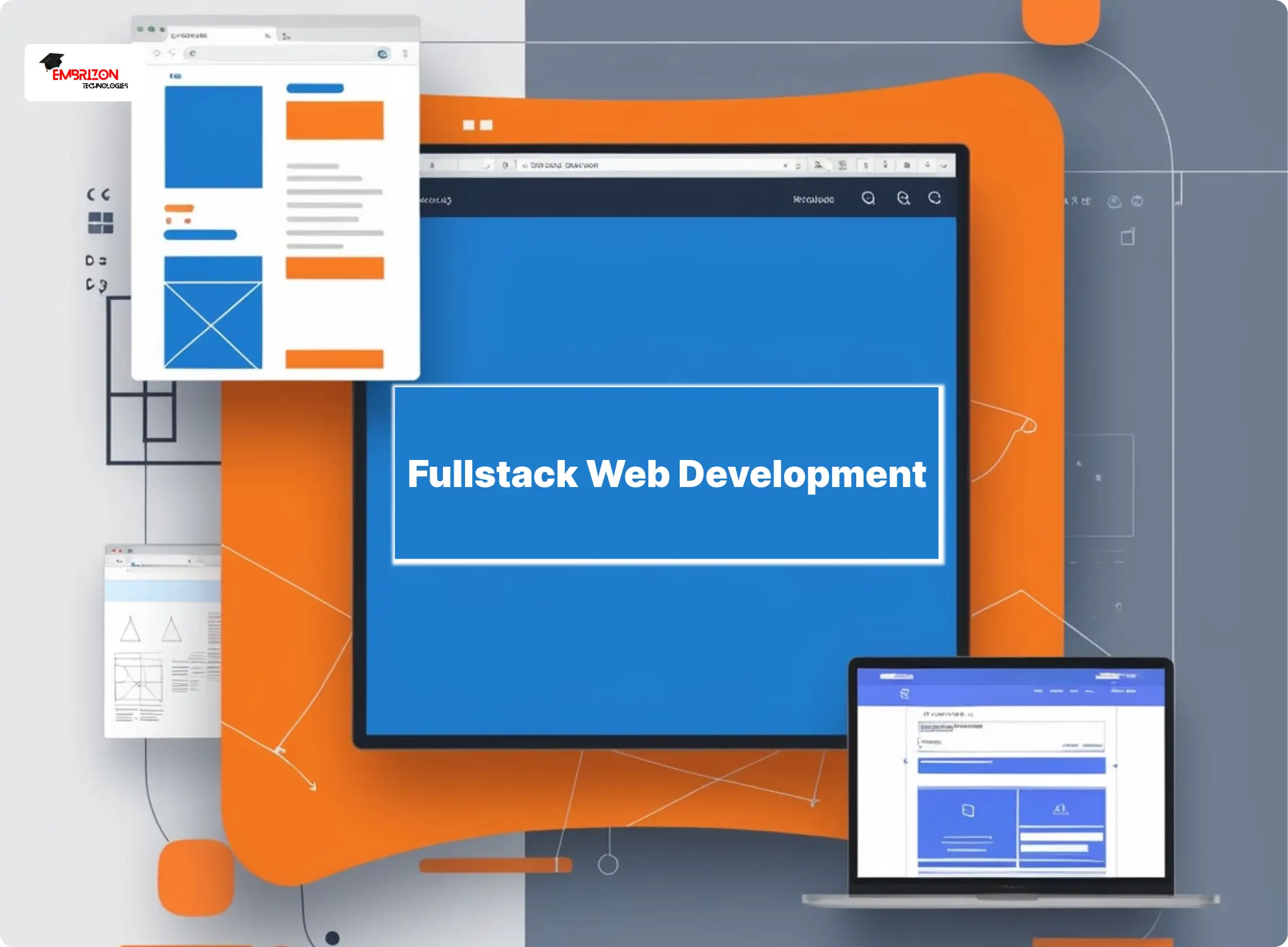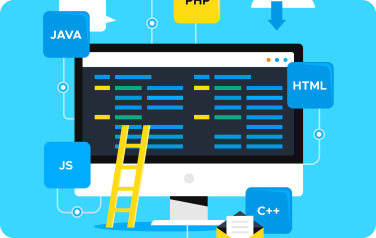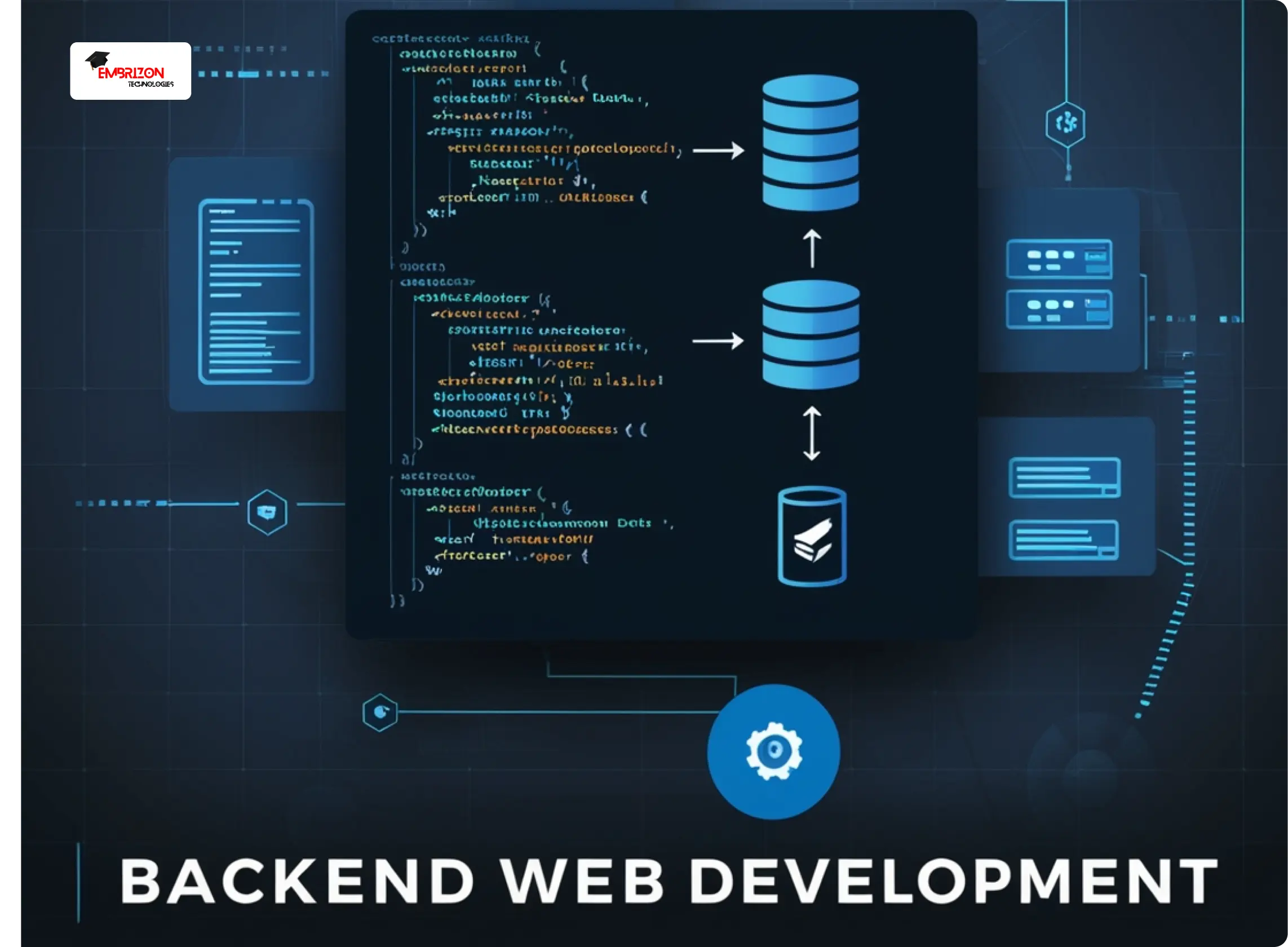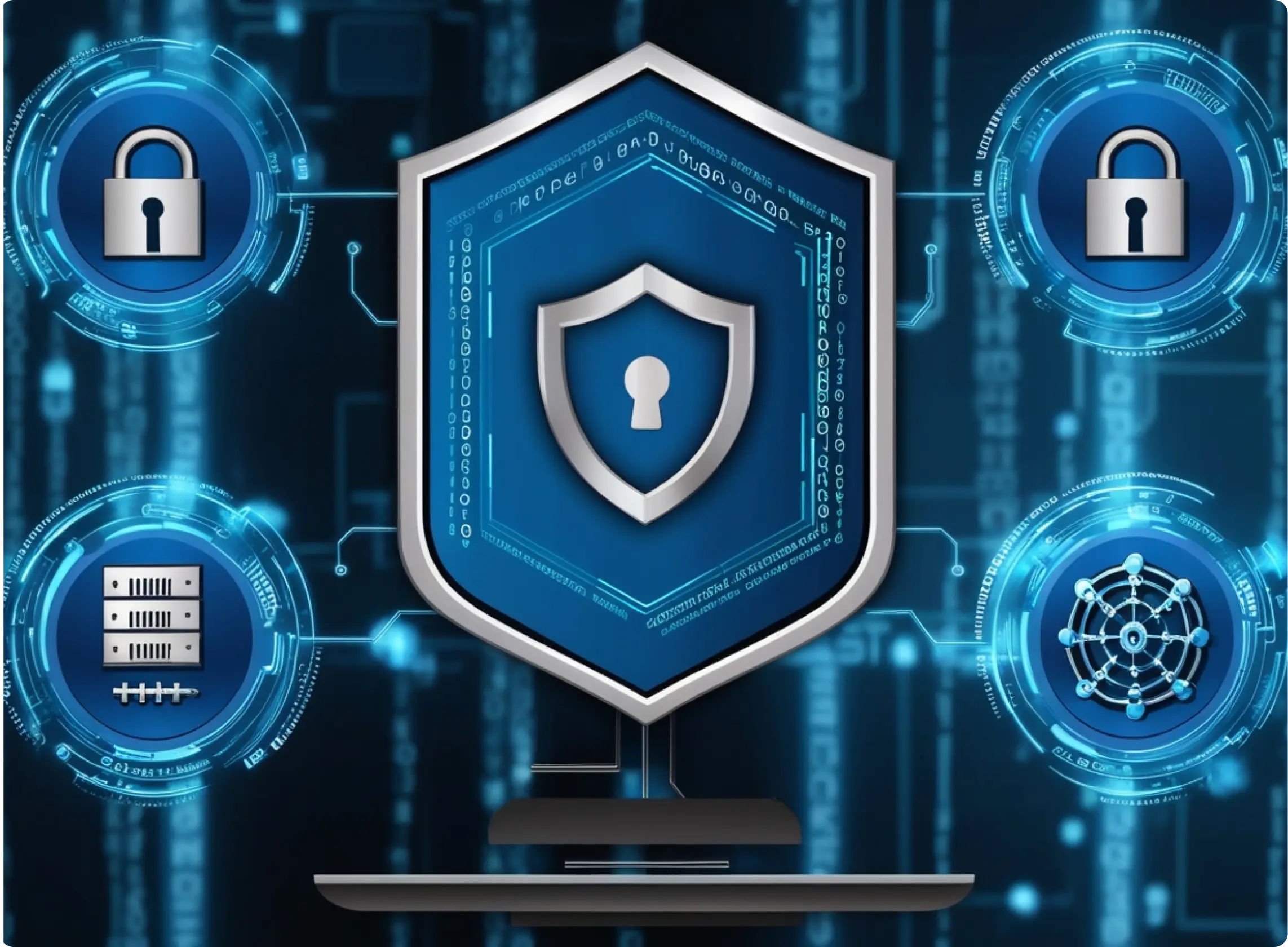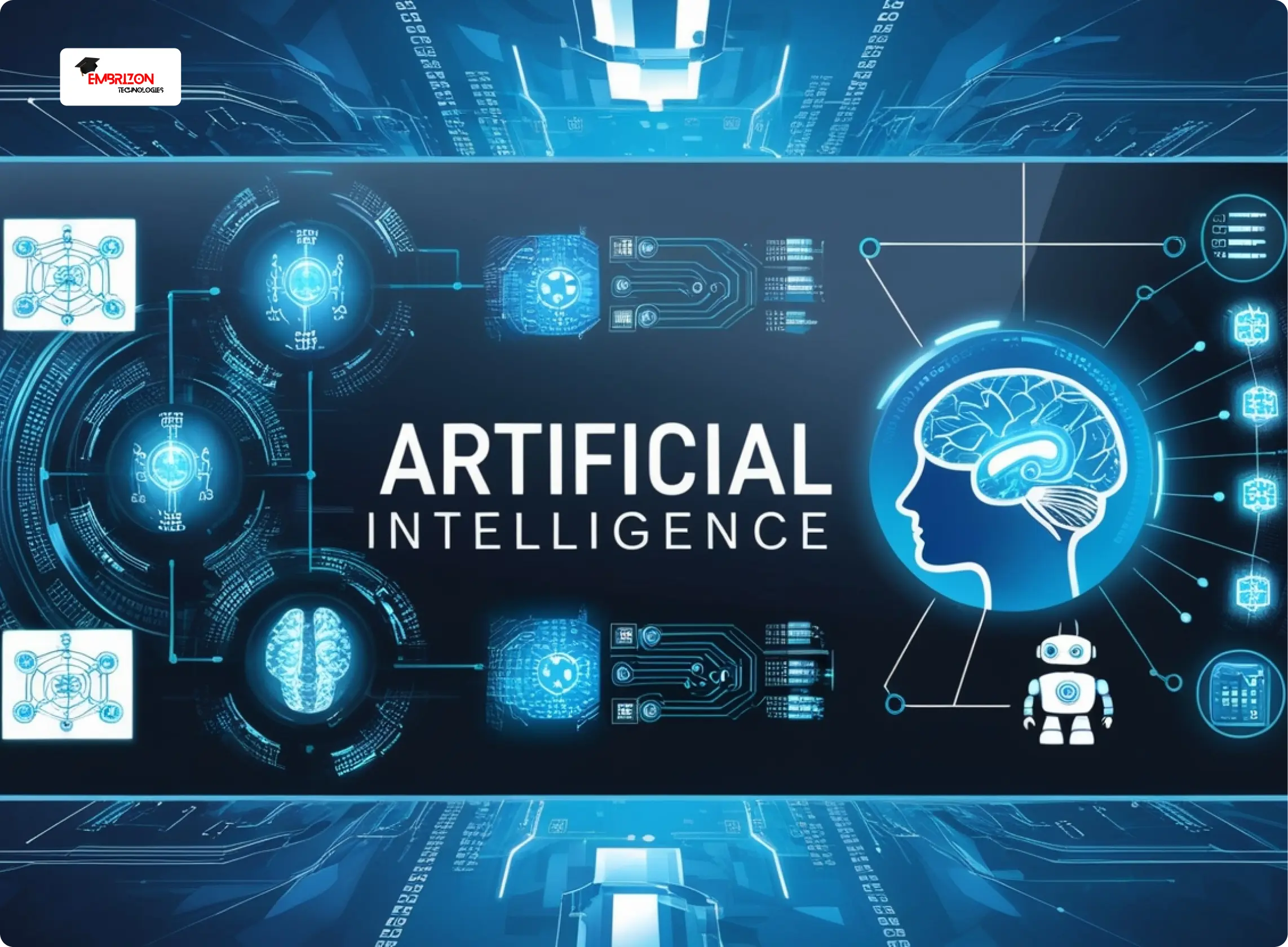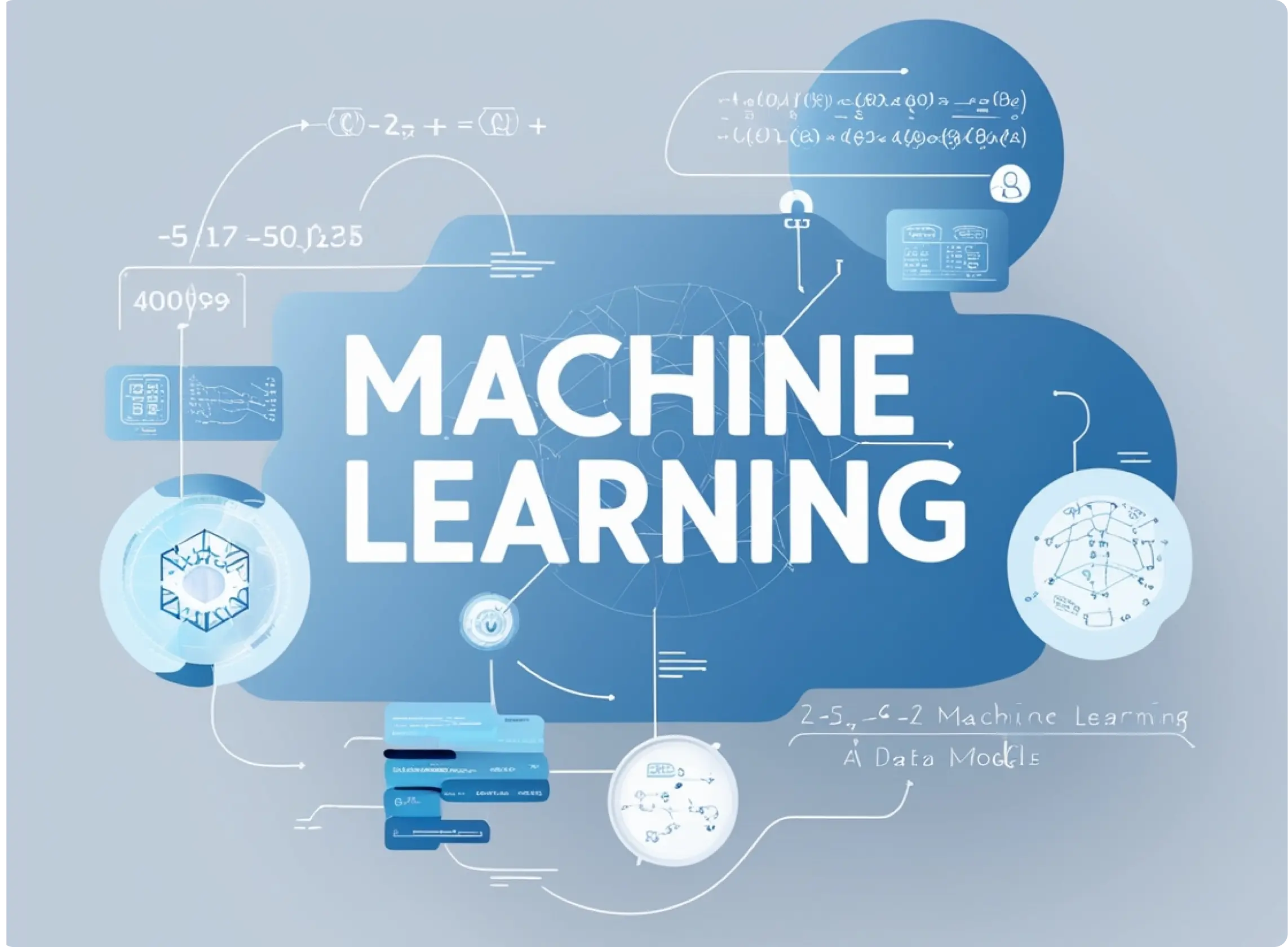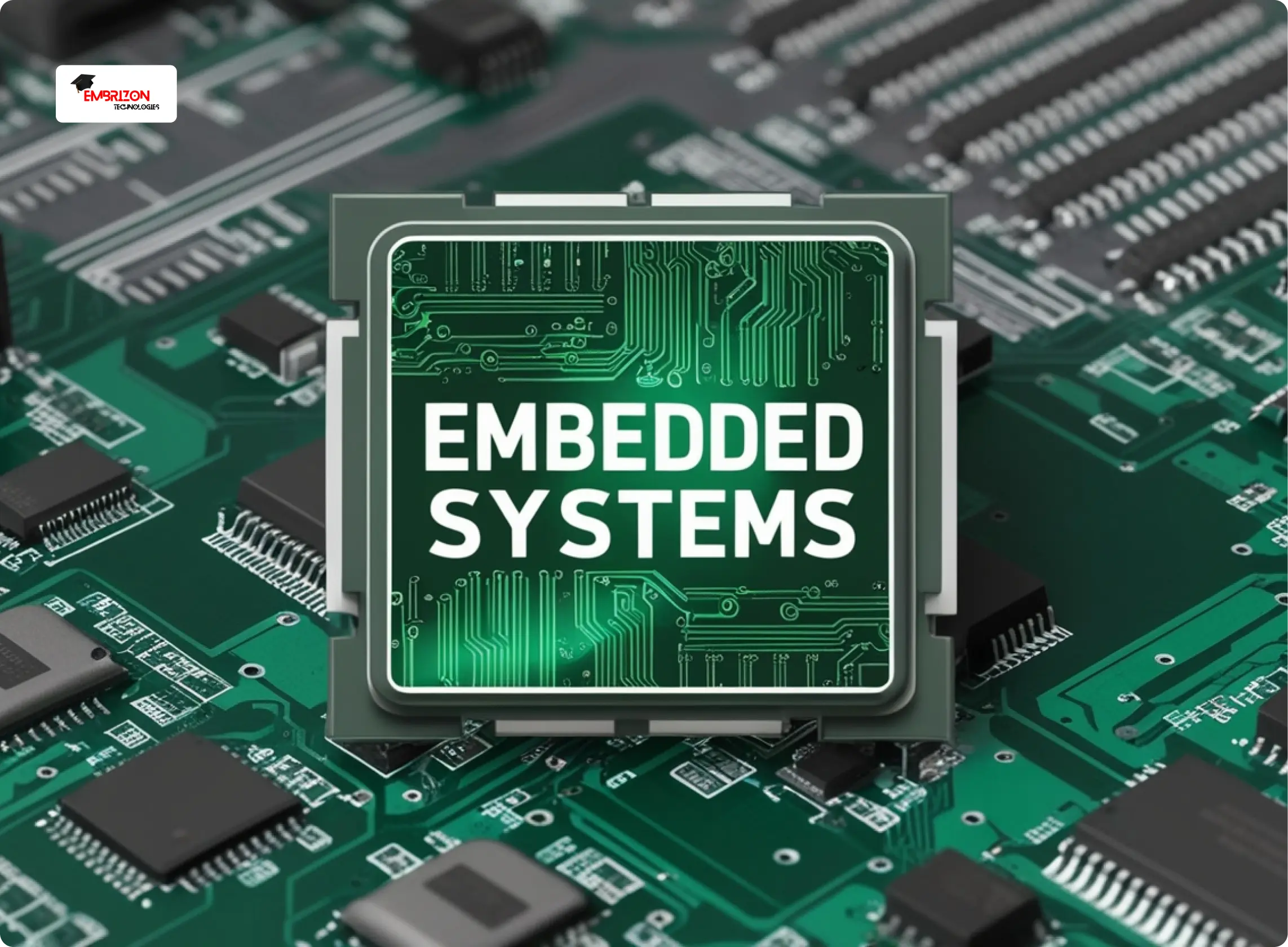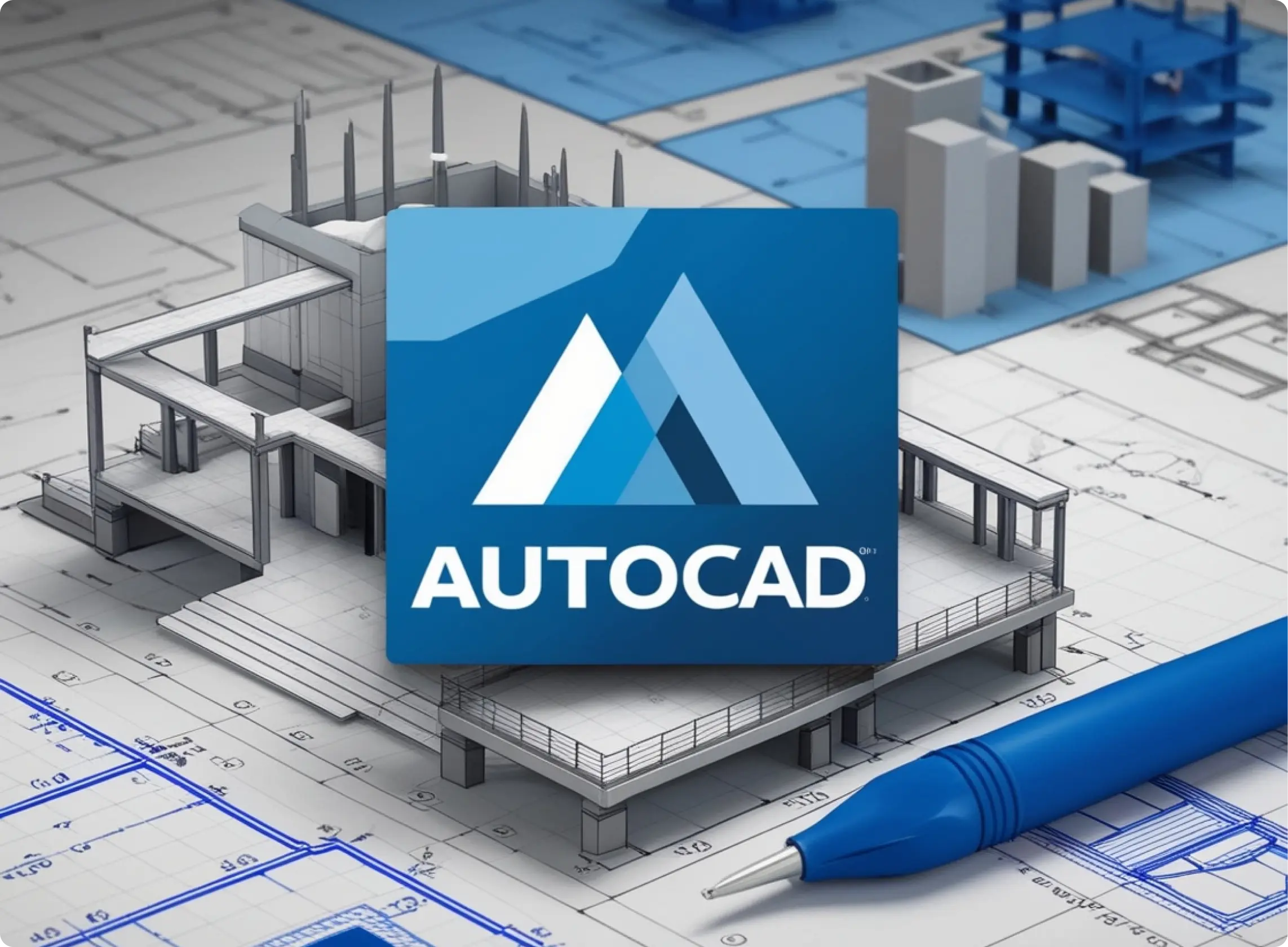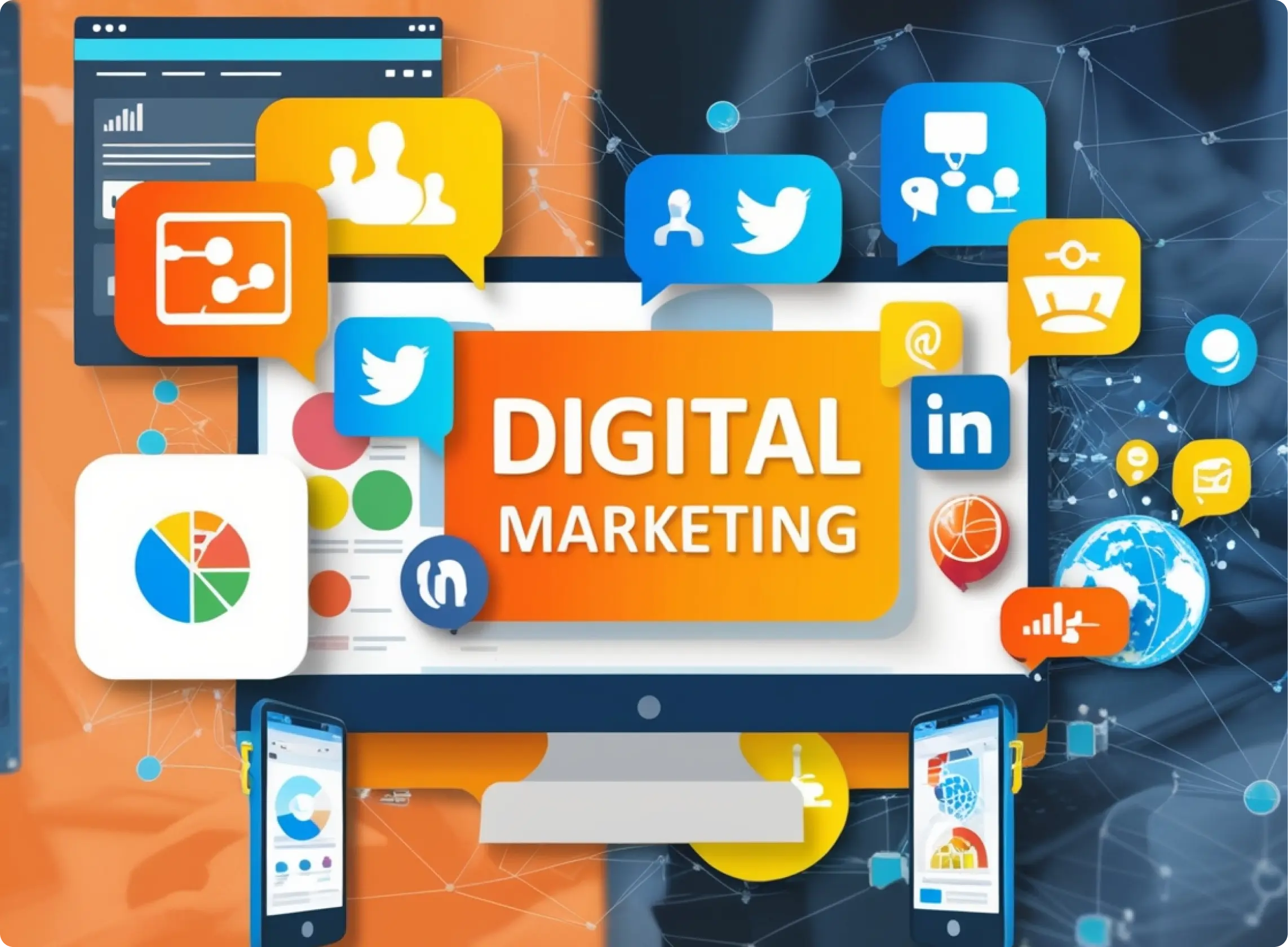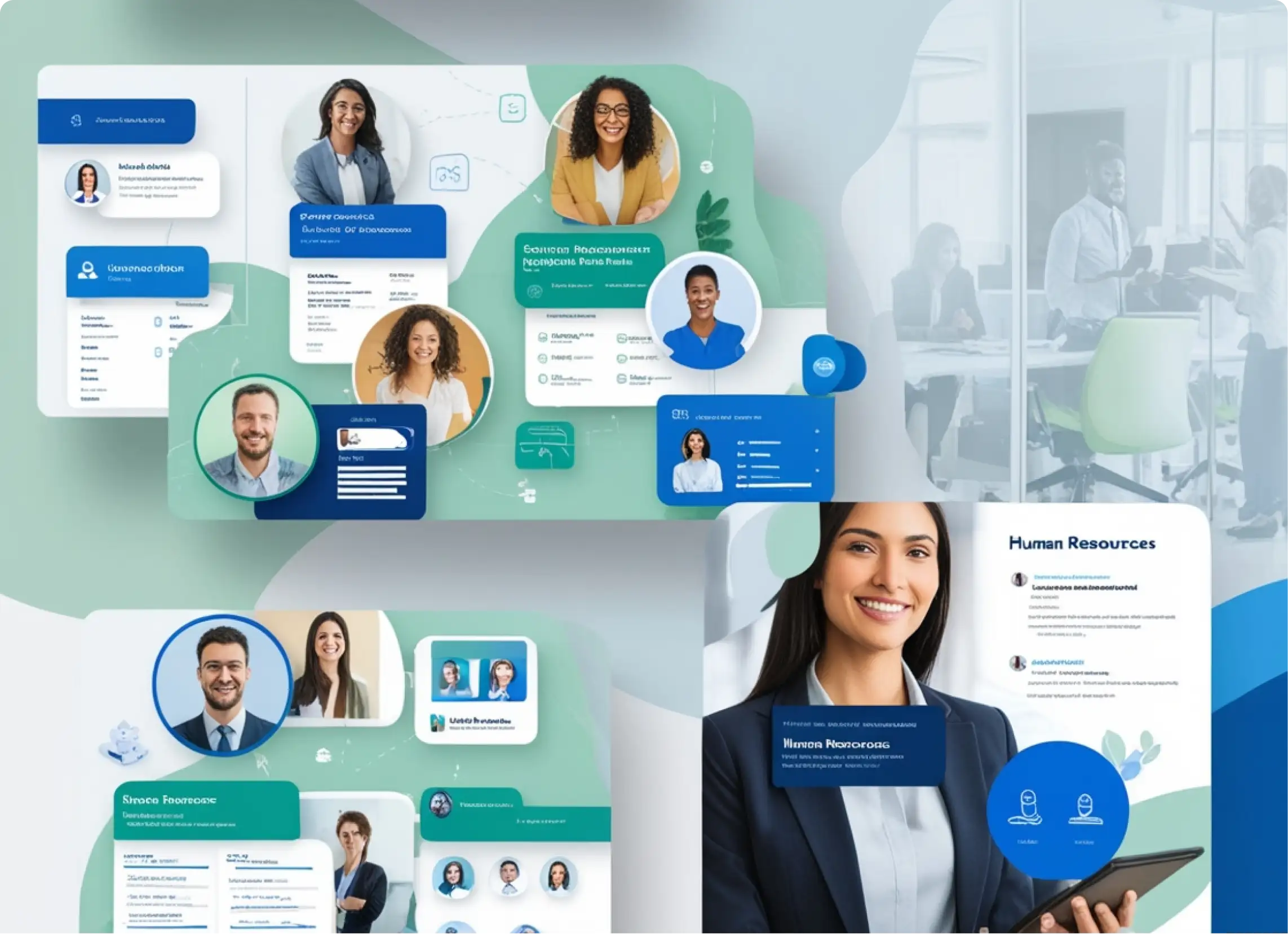Live
Embedded
Systems
Live Mentorship by Experts | Course Completion Certificate | Internship Certificate
Download CurriculumEnroll Now
Get our counsellor to guide you
Course overview
The Embedded Systems course at Embrizon Technologies provides a comprehensive foundation in microcontrollers and their applications. Participants will learn to design, program, and implement various embedded systems using Arduino and ATmega. With hands-on projects and real-world applications, this course is ideal for anyone looking to enhance their skills in embedded computing.
COURSE STRUCTURE
Introduction to Embedded Systems
- Overview of microcontroller architecture
- Challenges in embedded computing design
- Co-design process and its significance
- Memory map and pin configuration of Arduino
- Characteristics and types of embedded systems
Arduino Basics and Programming
- Introduction to Arduino C functions vs. register commands
- Practical examples of LED interfacing
- Using Proteus and TinkerCAD for simulations
- Programming basics with ATmega/Arduino
- Advanced programming: interfacing multiple LEDs
Interfacing with Seven Segment Displays
- Understanding the concept and types of segments
- Interfacing with Arduino for single-digit to multi-digit displays
- Creating custom characters on LCD
- Hex commands and internal architecture of LCD
- Differences between 4-bit and 8-bit LCD operation
LCD Interfacing and Control
- Theory and practical applications of LCDs
- Advanced programming techniques for LCD interfacing
- Using the millis function vs. delay for efficiency
- Controlling custom patterns and effects on LCD
- Algorithm for sending data from microcontroller to LCD
Motor Control and Sensors
- Interfacing different types of motors with Arduino
- Utilizing LDR to display light intensity data
- Designing a traffic light controller using LEDs and seven segments
- Interfacing temperature sensors and displaying readings
- Combining LEDs, LCD, and motors in a single project
Hands-on Projects
- Practical applications and projects to enhance learning
- Real-world case studies of embedded systems applications
- Capstone projects for hands-on experience
- Group projects to foster collaboration and teamwork
- Individual projects to showcase skills
Simulation and Development Tools
- Introduction to simulation software and editors
- Basics of using Proteus and TinkerCAD
- Advantages of using simulation tools for embedded systems
- Understanding debugging and troubleshooting techniques
- Practical exercises to enhance tool proficiency
Embedded System Design Principles
- Fundamentals of designing embedded systems
- Hardware and software co-design principles
- Best practices for effective embedded system development
- Evaluating system performance and optimization
- Understanding system integration and testing
Career Preparation in Embedded Systems
- Building a portfolio showcasing projects and skills
- Resume and LinkedIn profile tips for aspiring engineers
- Interview preparation and group discussion techniques
- Importance of networking and professional grooming
- Access to placement assistance and mentorship
Learning Objectives
- Understand the architecture and principles of embedded systems.
- Gain proficiency in programming with Arduino and ATmega.
- Learn to interface various components, such as displays and sensors.
- Develop hands-on skills through practical projects and simulations.
- Prepare for a successful career in embedded systems and related fields.
Learning Methods
- Presentations & Lectures
- Hands-On, Project-Based Learning
- Live Mentorship Sessions
- Self-Paced Learning & Recorded Lectures
Learning Outcome
Upon completing the Embedded Systems course, participants will have a strong foundation in designing and programming embedded systems. They will be capable of interfacing various hardware components and developing real-world applications. Graduates will emerge with practical experience and the confidence to pursue careers in the growing field of embedded systems.
How to Enroll Program
Our mentors from



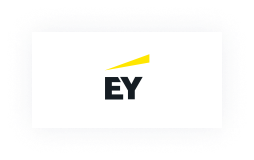


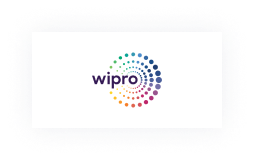

Would you like to know more?
Explore the course in detail by downloading the brochure.
Download CurriculumPricing Plans
Elevate your skills with hands-on experience, 12+ live projects, and mentorship from industry-leading experts in the top 2% of their field. Our tailored plans cater to your unique needs, allowing you to transform your practical knowledge into real-world expertise.
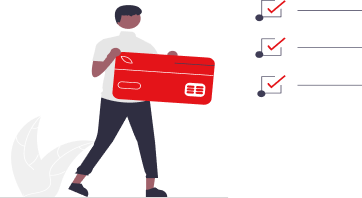
Certify your learnings
You’ll receive a certificates from our side
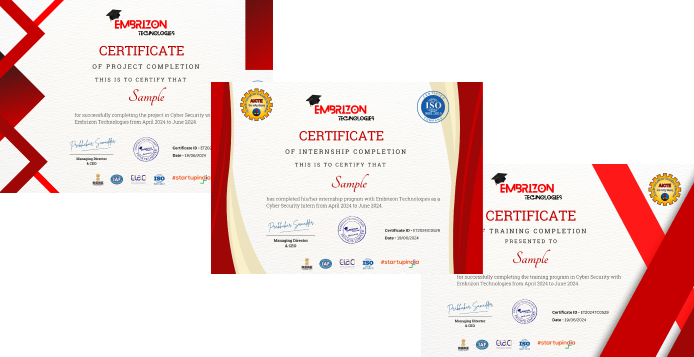
Frequently Asked Questions
What is the difference between the Live and Self-Paced courses?
-
Live Class:
- Offers real-time interaction with mentors.
- Includes scheduled live sessions where you can ask questions and get instant feedback.
- Provides personalized mentorship through live engagement.
-
Self-Paced Class:
- Access pre-recorded video content at your convenience.
- No fixed schedule – you can learn whenever it suits you.
- Get mentor support via pre-scheduled mentoring sessions without the need for live attendance.
Will I receive a certificate after completing the course?
Yes, upon successful completion of the course, you will receive a Certificate for Course Completion.
What type of projects will I be working on?
ou’ll be working on 5+ live projects that are designed to give you hands-on experience and practical knowledge.
How much mentor support is provided in the Self-Paced course?
The Self-Paced course offers 15+ hours of mentor training to help guide you through the course and projects.
How do I enroll in the Self-Paced course?
You can easily enroll in the Self-Paced course by clicking on the Enroll Now button and completing the registration process.
Our Students Placed at
